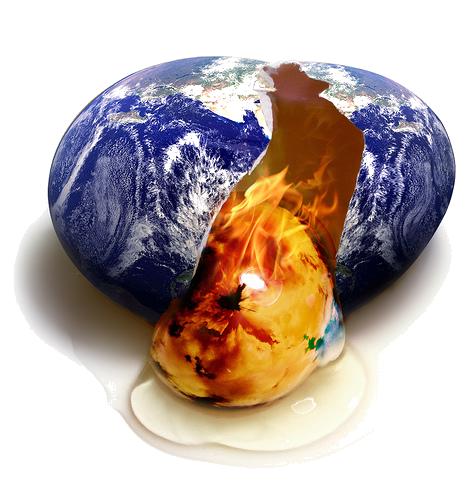
By Van Andruss —
We go along nowadays as if things were relatively normal, but things are not normal. The current world is a radically different world from the one we used to know. Our present situation is not only “post-modern”; it is “post-holocene,” in that the accumulated biological treasury of the planet is drying up. Many factors have accelerated this unforgiving reality, but global warming overarches them all.
As much as anyone, Bill McKibben has popularized the facts of climate change with www.350.org, an NGO that was his brainchild. Incidentally, the figure “350” refers to parts per million of carbon in the atmosphere, beyond which extreme weather changes can be anticipated. (The figure is now above 400 ppm.)
Over the last decade, Bill McKibben has led the fight against the Trans Canada Corporation’s $6 billion Keystone XL pipeline calculated to deliver 830,000 barrels a day from the tar sands to processing plants on the Gulf Coast. The uprising against the Keystone project, initiated in 2003, persuaded President Obama to suspend his approval for further consideration, and the President’s approval still wavers due to the finally acknowledged threat that global warming poses in the US.
In his latest book, Oil and Honey, Bill McKibben summarizes his arduous battle with Big Oil up to the year 2013. Some will remember this lively activist, writer, and college professor from Vermont. He spoke in a Vancouver rally against the Enbridge pipeline.
I have extracted some of the facts from Oil and Honey that caused a great stir in the US when they first appeared in Rolling Stone magazine. These facts, later confirmed by the International Panel on Climate Change (IPPC), were derived from a study conducted by a small group of environmentalists and financial analysts from the UK. They are numeral estimates relating to carbon dioxide in the atmosphere that emerged from the otherwise ineffectual 2009 climate summit in Copenhagen. With his usual flare for the dramatic, Bill McKibben declares they are “the most important numbers in the world.”
The first number is 2 degrees Celsius. This number is accepted by the scientific establishment, including governments around the world, as the upper limit of the increase in global temperature that all nations must strive to stay below. The number was first suggested by a German panel on climate change in 1995.
Note that a rise in temperature of 0.8 degrees C has been sufficient to shrink glaciers around the world, melt half the summer sea ice in the Arctic, and acidify the oceans by 30 per cent. MIT’s Kerry Emmanuel, a leading authority on hurricanes, has warned, “any number above 1 degree involves a gamble.”
The second number is 565 gigatons. McKibben says, “that’s—again roughly —how much more carbon dioxide scientists say we can pour into the atmosphere by mid-century and still have some reasonable hope of staying below two degrees.”
From such speculations comes the notion of a carbon budget. Apparently, at current rates, we have 15 years before reaching the 565 limit.
The third number comes from a study carried out in London, again by a group of environmentalists and financial analysts, who made their calculations in 2011 to inform investors about downside risks to their stock portfolios. The number is 2,795 gigatons—the estimated quantity of carbon at this moment contained in the coal and oil and gas reserves of the fossil fuel industry. It’s the amount we might expect to burn—five times the ceiling of 565—unless we put a stop to our addiction and leave the better part of these killers in the ground.
The quandary is that the global reserves are worth a huge amount of money: a potential $28 trillion. You see the dilemma. Any move to limit the use of reserves on the part of fossil fuel companies will cause their stocks to plummet.
So there you are: Talk about a problem.
A further unsettling thought: As I write these numbers, the Canadian federal government is doing everything in its power to turn Canada into a Saudi Arabia or Venezuela with a national economy based on fossil fuel production. Not only Keystone XL, but Enbridge waits impatiently in the wings to come on stage with its disputed pipeline from the tar sands. Other projects stand in the line-up, for instance, Trans Canada’s Energy East project, another continent-spanning pipeline heading for New Brunswick from the tar sands to deliver 1.1 million barrels a day. Any one of these lines threaten to expand production levels of the tar sands by another third.
Think about it. “Do the math,” as Bill McKibben reiterates. Oil and Honey is available in the Lillooet Library.
Van Andruss is editor of the magazine Lived Experience. He enjoys the bioregional life and community in historic Moha outside of Lillooet, B.C
